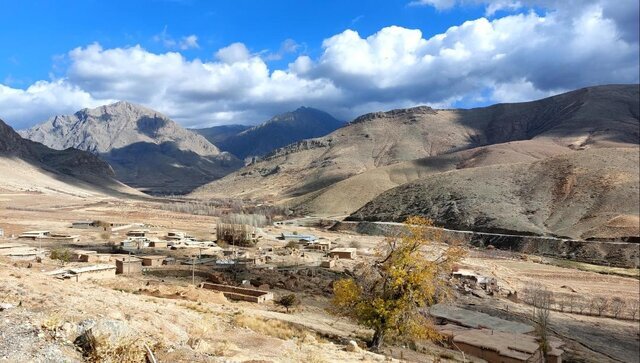INSUBCONTINENT EXCLUSIVE:
TEHRAN-- Archaeologists have actually discovered a number of historical locations in the basin of the freshly constructed dam of Qeshlaq
Sahneh in the western province of Kermanshah.However, the historic locations, dating back to the Parthian and Islamic periods, remain in
threat of sinking whenever the close-by dams water streams, ISNA quoted archaeologist Shaqayeq Hurshid as stating on Monday.Upon arrangement
in between the Research Institute of Cultural Heritage - & Tourism, and the Water and Wastewater Department of Kermanshah, a team of
archaeologists has been sent to this region to take a look at and identify the archeology of the basin, she added.All findings have been
thoroughly documented so far, she explained.Earlier recently, archaeologists alerted that as an outcome of the water release in Charmshir
Dam in southwest Iran a big location of a Sassanid-Islamic site will be completely submerged.Although some 120 ancient sites were recognized
in the Chamshir Dam area during the preliminary speculation, rescue excavations have actually just been carried out at a limited variety of
these sites, an archaeologist said.Establishing a primary house at Ctesiphon, on the Tigris River in southern Mesopotamia, Parthian kings
ruled for nearly half a millennium and influenced politics from Asia Minor to northern India, until they were toppled by Sasanian armies
from southwest Iran in the early third century CE.Parthian wealth gotten through rewarding trade networks led to substantial patronage of
the arts, in particular, relief sculpture, statuary (large and small scale), architectural sculpture, metalwork, precious jewelry, and
ceramics; coins with pictures of Parthian rulers form another essential category of objects.Kermanshah accepts a range of breathtaking
historical sites, including Taq-e Bostan and the UNESCO-registered Bisotun.Kermanshah was established in the 4th century CE by Bahram IV of
Conquered by the Arabs in 640, it was called Qirmasin (Qirmashin)
Under the Seljuk rule in the 11th century, it was the primary town of Kordestan
The Safavids (ruled 1501-- 1736) fortified the town, and the Qajars repulsed an attack by the Turks during Fath Ali Shahs guideline (1797--
Inhabited by the Turkish army in 1915 during World War I, it was evacuated in 1917
The construction of a roadway in the 1950s over the olden Khorasan track added considerably to the value of the city.ABU/ AM

